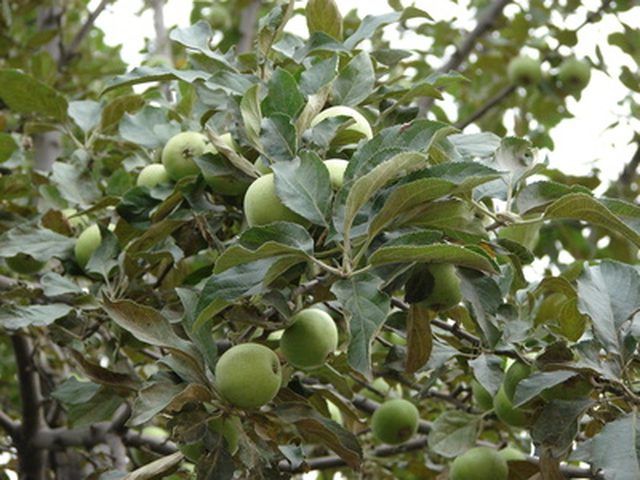Bulbs
Flower Basics
Flower Beds & Specialty Gardens
Flower Garden
Garden Furniture
Garden Gnomes
Garden Seeds
Garden Sheds
Garden Statues
Garden Tools & Supplies
Gardening Basics
Green & Organic
Groundcovers & Vines
Growing Annuals
Growing Basil
Growing Beans
Growing Berries
Growing Blueberries
Growing Cactus
Growing Corn
Growing Cotton
Growing Edibles
Growing Flowers
Growing Garlic
Growing Grapes
Growing Grass
Growing Herbs
Growing Jasmine
Growing Mint
Growing Mushrooms
Orchids
Growing Peanuts
Growing Perennials
Growing Plants
Growing Rosemary
Growing Roses
Growing Strawberries
Growing Sunflowers
Growing Thyme
Growing Tomatoes
Growing Tulips
Growing Vegetables
Herb Basics
Herb Garden
Indoor Growing
Landscaping Basics
Landscaping Patios
Landscaping Plants
Landscaping Shrubs
Landscaping Trees
Landscaping Walks & Pathways
Lawn Basics
Lawn Maintenance
Lawn Mowers
Lawn Ornaments
Lawn Planting
Lawn Tools
Outdoor Growing
Overall Landscape Planning
Pests, Weeds & Problems
Plant Basics
Rock Garden
Rose Garden
Shrubs
Soil
Specialty Gardens
Trees
Vegetable Garden
Yard Maintenance
How To Grow Fruit Trees in New Jersey
How To Grow Fruit Trees in New Jersey. New Jersey is a mid-Atlantic state located in USDA hardiness zone 6. The climate in this region of the country is ideal for the growth of fruit trees--particularly apples, peaches, pears, nectarines and cherries. In fact, New Jersey is the third-leading producer of peaches in the United States today. But while...

New Jersey is a mid-Atlantic state located in USDA hardiness zone 6. The climate in this region of the country is ideal for the growth of fruit trees--particularly apples, peaches, pears, nectarines and cherries. In fact, New Jersey is the third-leading producer of peaches in the United States today. But while fruit trees will thrive in the New Jersey climate, there is much more that goes into growing successful fruit trees in New Jersey. For the best possible crop, trees must be properly planted, pruned and protected from pests and wildlife.
Things You'll Need
Shovel
Water hose
Bonemeal (optional)
Soft rock phosphate (optional)
Light-colored latex paint (optional)
Select an area to grow your fruit trees that gets full sunlight, has well-drained soil and is not susceptible to late spring frost. Areas that are shielded from high winds can also be beneficial--particularly for "stone fruit" varieties such as cherries, peaches and nectarines.
Determine the amount of space you have for the growing of fruit trees. The amount of land will determine the size and the number of trees you can plant. When shopping for trees, use the rootstock to estimate how large the tree will grow. If you want to plant multiple trees on a small landscape, choose dwarf or semi-dwarf trees with small rootstocks. Trees with medium to large rootstocks will grow larger, provide shade from the sun and support a hammock.
Keep in mind that some varieties of fruit trees require cross-pollination in order to grow and produce fruit each season. Apples, pears, cherries, Japanese plums and a few species of peaches require other fruit trees to pollinate with. It is important that the right species of fruit tree is planted for cross-pollination and that the trees are planted less than 50 feet apart. Consult an experienced horticulturist at your local nursery if you aren't familiar with planting fruit trees and cross-pollination.
Care for the nursery trees carefully prior to transplanting them in your yard. Even though dormant, the tree has undergone a great deal of stress as a result of being dug from the ground. Keep the roots moist until transplanting--even if the transplant is occurring immediately. If the tree will not be transplanted for more than 24 hours, bury the rootstock lightly in a moist medium and keep well hydrated. Prior to planting, soak the tree in water for 12 to 24 hours to increase its hydration level and compensate for its time out of the soil.
Dig a hole that measures at least twice the diameter and twice the depth of the roots. Keep the topsoil separate from the subsoil and loosen the soil within the hole as much as possible around the sides and bottom to encourage the roots to spread throughout the ground. If amendments are being added to the soil, stick to low-mineral varieties such as bonemeal or soft rock phosphate. Mix these with the topsoil and add to the bottom of the hole where most of the root growth will occur. Add topsoil and fertilizer before planting the tree.
Place the tree into the hole and spread the roots as much as possible. Put the remainder of the topsoil into the hole and water thoroughly so that the soil is saturated. Tap the soil lightly with a shovel to eliminate air pockets and ensure good soil-to-root contact. Use the subsoil to fill in the hole completely and tap the ground again.
Care for the tree vigilantly for the first few years of life to give it the best chance of survival. Eliminate weeds from around the trunk and keep the tree well hydrated by giving the tree at least 1 inch of water per week during the growing season. Place mulch around the tree in at least a 2-foot diameter to encourage the tree to grow well. Do not place mulch directly against the trunk, as it can encourage rot.
Tips & Warnings
Painting the trunk of the young trees with thinned-down latex paint will help protect the bark from sunburn and discourage bark borers. Choose a white or light-colored paint, mix it with equal parts water and paint the trunk from 1 or 2 inches above ground level to the first set of tree branches.